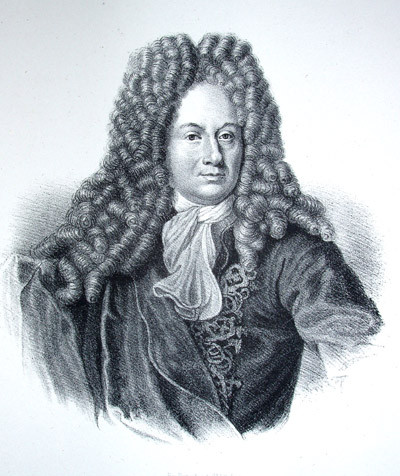Google marks the 340th anniversary of the speed of light discovery with its latest Doodle
Danish astronomer Olaus Roemer came up with the first figure for the speed on this day in 1676.

Google has marked the 340th anniversary of the discovery of the speed of light by celebrating Danish astronomer Olaus Roemer with its latest Doodle .
The Doodle shows Roemer pacing back and forth after viewing his telescope. He came up with the discovery in 1676 when he observed the planet Jupiter eclipsing its moon Io 140 times and noticed the time lapses between the eclipses.
By monitoring the time difference, he estimated that light took about 10 to 11 minutes to cross a distance equal to the half-diameter of the terrestrial orbit, or Earth's orbit, around the Sun.

He concluded that light travels at about 200,000,000 metres per second, which is around 26% below the established speed.
In 1728, the astronomer James Bradley clarified the figure when he discovered what is called the "aberration" of starlight and came up with a speed of 295,000,000 metres per second.
The exact figure was set in 1975 when the General Conference on Weights and Measures recommended the official figure of 299,792,458 metres per second, or 186,000 miles an hour.
Albert Einstein's theory of relativity is built on the premise that the speed of light in a vacuum is always the same.
However, researchers have cast doubt on this, saying that the speed of light might have been much faster in the very early universe.
João Magueijo, of Imperial College London, and Niayesh Afshordi, of the University of Waterloo in Canada, proposed in November in a paper that light travelled at infinite speed at the birth of the universe and is at a different speed now, which raises questions over one of the fundamental points of physics.
This theory was, of course, a long way from the mind of Olaus Roemer, who died in 1710 aged 65.
© Copyright IBTimes 2025. All rights reserved.






















